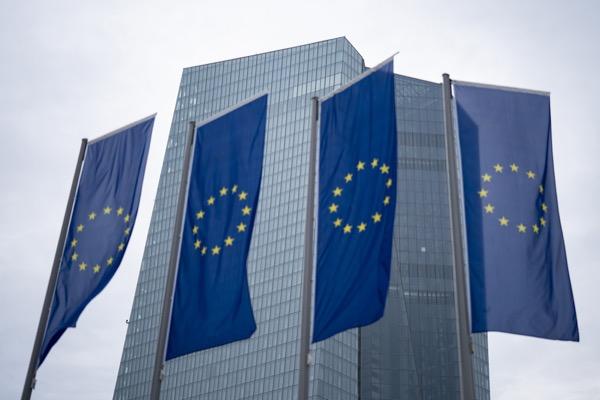
The European Central Bank (ECB) is located in Frankfurt, Germany, established in 1998 by the Treaty of Amsterdam. Distinguishing itself from other central banks, it oversees monetary policy for the entire eurozone, comprising countries such as Austria, Belgium, Cyprus, Estonia, Finland, France, Germany, Greece, Ireland, Italy, Latvia, Lithuania, Luxembourg, Malta, Netherlands, Portugal, Slovakia, Slovenia, and Spain.
What is the ECB?
The ECB acts as the central bank for the 19 countries that belong to the eurozone. It is overseen by a governing council that consists of six executive board members, with one serving as the president. The executive board members are appointed by the European Council. The central bank’s primary objective is to maintain price stability. They use monetary policy to support the economy and job creation.
Key economic mandates of the ECB
The ECB’s primary mandate or objective is price stability. Price stability is the control of inflation, Harmonised Index of Consumer Prices (HICP) and the exchange rate of the EUR.
- Price stability – which is maintaining price stability or inflation
- Financial stability – through the control of price stability and sometimes other mechanisms.
-
Price stability
To maintain price stability, the ECB influences the short-term interest rate for the eurozone. It has a target interest rate (like most central banks) of below, or close to 2%. Although they target inflation mostly, GDP and unemployment data have a big effect on the decisions the policy makers make.
If inflation goes above 2%, the bank may signal a hiking of the interest rate to the public in order to tighten the eurozone’s economic expansion, and bring down inflation. If unemployment numbers are increasing and the economy is slowing down, the bank may have to make the decision to decrease interest rates, to stimulate the economy and job growth. A period of rising inflation and increasing unemployment will require the policy makers to weigh the pros and cons of tightening the economy to reign-in inflation or stimulate the economy to produce jobs.
The ECB also plays a large role in keeping the eurozone’s financial system stable. In times of a crisis, they can do this by adding liquidity to the system, either by buying bonds on the open market or decreasing the interest rate to extremely low levels. This is done to help distressed debt holders pay back their obligations.
If the bank does not add liquidity in times of a crisis, the entire financial system could collapse.
How ECB interest rates affect the euro?
The ECB can affect the value of the euro through changes in interest rate expectations. Traders should understand that currencies tend to appreciate when interest rate expectations increase, not just from a rise in the nominal interest rate.
For example, if the ECB keeps interest rates unchanged but issues forward guidance (tells the market) that they expect more interest rate hikes in future, the value of the euro tends to appreciate. A quantitative easing program (QE) has a similar effect to interest rates on the euro. Quantitative easing is the buying of securities on the open market by a central bank in order to stimulate the economy and add liquidity to the financial system. Historically it has only been done in times of a financial crisis. Increased quantitative easing reduces the value of the euro because it increases the amount of money in supply.
Interest rate impact on the economy
The ECB lowers interest rates when it is trying to stimulate the economy (GDP), and increases interest rates when it is trying to contain inflation caused by an economy operating above potential (overheating).
Lower interest rates stimulate an economy in a few ways:
- Businesses can borrow money and invest in projects that will receive more than the risk borrowing rate.
- When interest rates are lower the stock market is discounted at a lower rate, leading to an appreciation in stock market values, which causes a wealth effect.
- People invest their money into the economy (stocks and other assets) because they can earn more in these assets than at currently low interest rates.
How to trade ECB interest rate decisions
The table below displays the possible scenarios that come from a change in interest rate expectations. Traders can use this information to forecast if the currency is likely to appreciate or depreciate and how to trade it.
|
MARKET EXPECTATIONS |
ACTUAL RESULTS |
RESULTING FX IMPACT |
|
Rate Hike |
Rate Hold |
Depreciation of currency |
|
Rate Cut |
Rate Hold |
Appreciation of currency |
|
Rate Hold |
Rate Hike |
Appreciation of currency |
|
Rate Hold |
Rate Cut |
Depreciation of currency |
Let’s look at an example, EUR/USD, where the ECB ended its long-time program of quantitative easing. Ending the quantitative easing program means that the central bank would no longer be adding more money to the system. On December 13, 2018 the ECB announced an end to its quantitative easing program, which led to an appreciation in the euro because it signalled that less money than expected would be in the economy.





